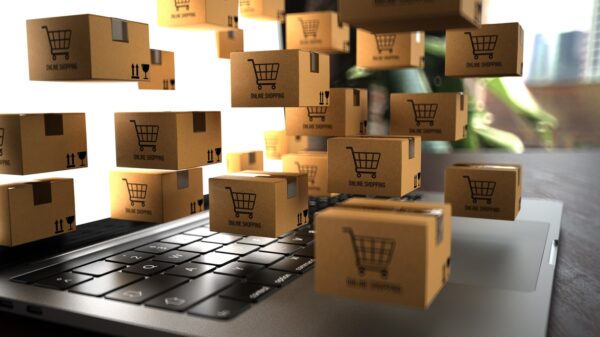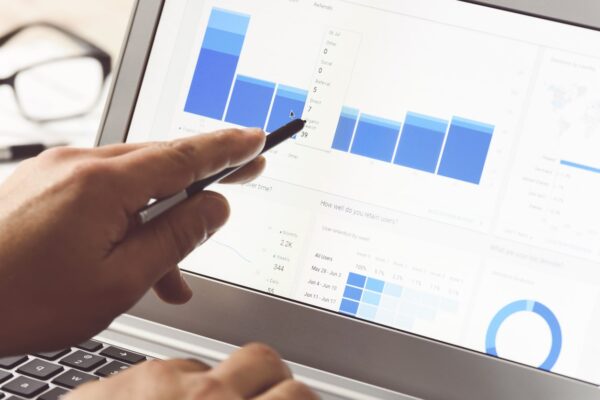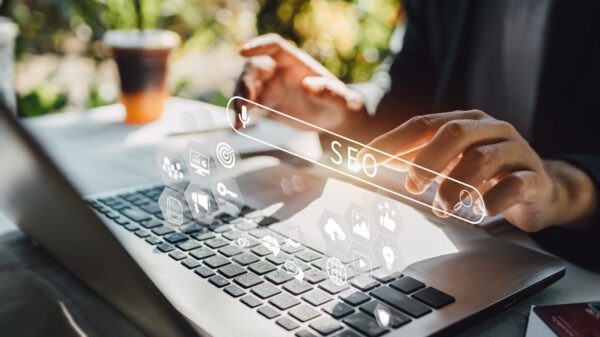You’ve perfected your restaurant menu offerings, created a welcoming atmosphere for your guests to enjoy their meal, and trained your staff to provide impeccable service. So now you can sit back, relax and watch the masses flood your location with business (and $$$), right? Well, not quite.
You need to continually market your restaurant business to create brand awareness and stay top of mind with your target audience. While traditional marketing methods like printing flyers and radio ads can still be effective, the world has gone digital and your restaurant should as well.
Don’t know where to start? No worries, read below for digital marketing strategies that restaurants can use to establish brand awareness and increase revenue.
Website Design
The first step to establishing an online presence is to build a website for your restaurant brand. There are options for inexpensive templates, but your restaurant is not “cookie-cutter” so why would you want your website to be? A custom-designed website is the best way to showcase your restaurant’s one-of-a-kind cuisine and atmosphere.
Elements to include for a killer custom restaurant website:
- Custom branding and logo design to set you apart from your competitors
- Clear and concise copy that tells your brand story
- Easy to find and accurate information regarding location, contact info, and hours of operation
- Integrated online ordering and reservation booking system
- Professional photography and videography that highlights your unique menu offerings
- Full menus including descriptions and ingredients
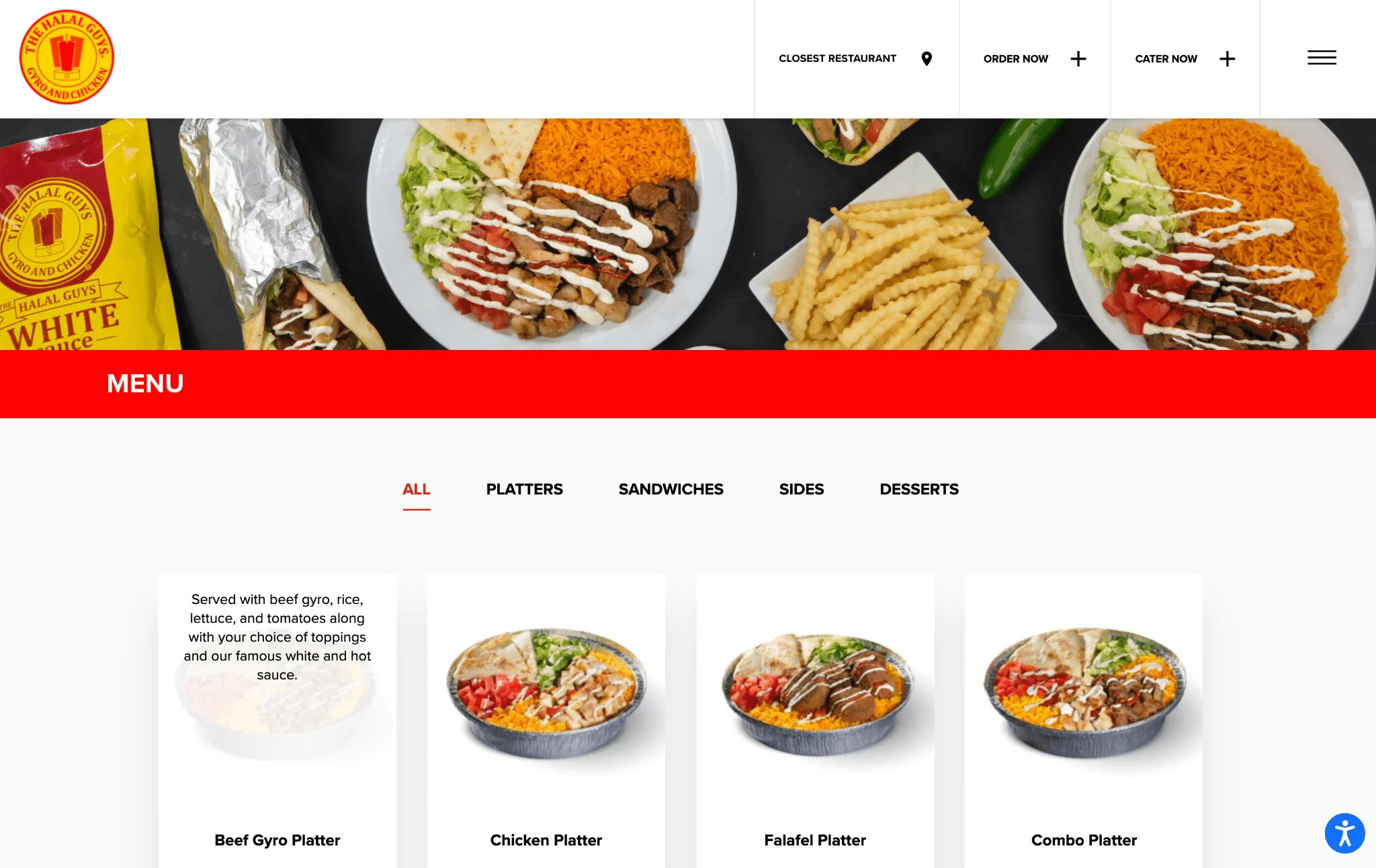
In many cases, your website will be your customers’ first impression of your business. To make sure it is the best it can be, invest in a custom web design that gets their mouth-watering and will keep them coming back for more.
Local SEO
If a restaurant has a presence but nobody can find it on Google, do they even exist?
Google sees one billion searches related to restaurants every month, with ‘food near me’ being one of the fastest-growing search terms. Therefore optimizing your online presence for Google should be high on your list.
That beautiful website you had built will need to be optimized for local searches as well as any additional profiles you may have. To start, you will want to claim and optimize your Google My Business listing.
To complete the Google My Business Listing for your restaurant be sure to include:
- Business name, address, and phone number
- Website URL
- An enticing business description with keywords
- Relevant business categories
- Hours of operation
- Links to view your menus
- Photos of your restaurant’s mouth-watering dishes and attractive atmosphere

You will want to make sure you maintain your listing regularly. If your business hours change or you have special holiday hours, you should update this. Your customers will not be happy to find your Google listing says you are open only to show up and discover your restaurant is actually closed. You will also want to be sure to update your listing if your menu changes so customers will know what to expect.
One of the most important things to do on your Google My Business listing is to monitor your reviews. 93% of consumers say that reviews influence their purchase decisions, so it is imperative that you respond to both good and bad reviews to build your credibility.
Social Media
Famous hockey player, Wayne Gretsky, once attributed his success to this simple fact: “I go where the puck is going to be.” The same philosophy should be applied to your restaurant brand. Simply put, go where your customers are going to be.
Consider these statistics:
- In North America, there are 329.25 million social media users
- 69% of Americans use Facebook and 40% are on Instagram
- 75% of people purchased a product because they saw it on social media
It’s a no-brainer that your restaurant brand should have a presence on social media as well. But simply having a presence on social media will not set your restaurant up for success.
You need to have a well-thought-out social media strategy in place that includes your brand voice, content pillars, mood board, rule book, and hashtag selection. In addition, it is crucial that you have beautiful photos, videos, gifs, and boomerangs showcasing your menu items, atmosphere, customers, and community.
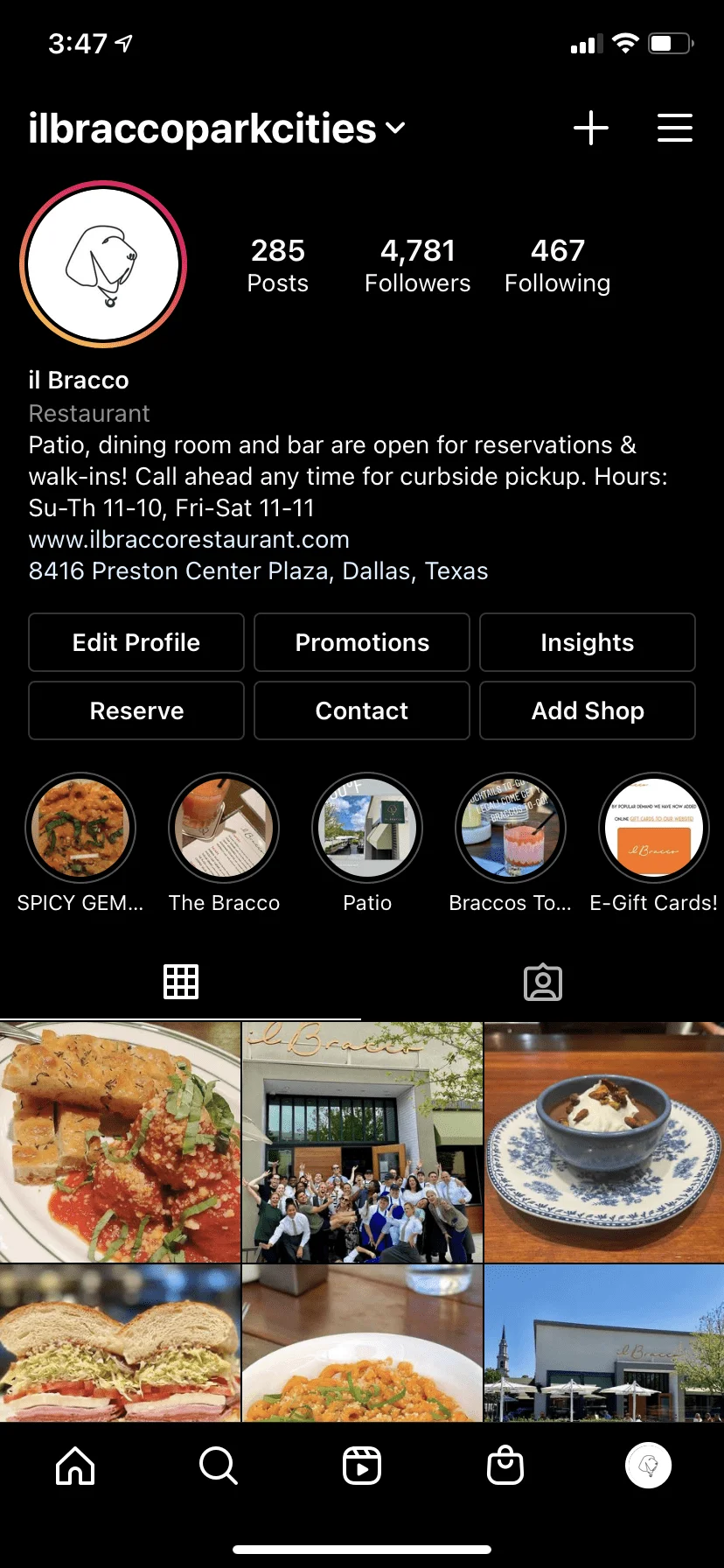
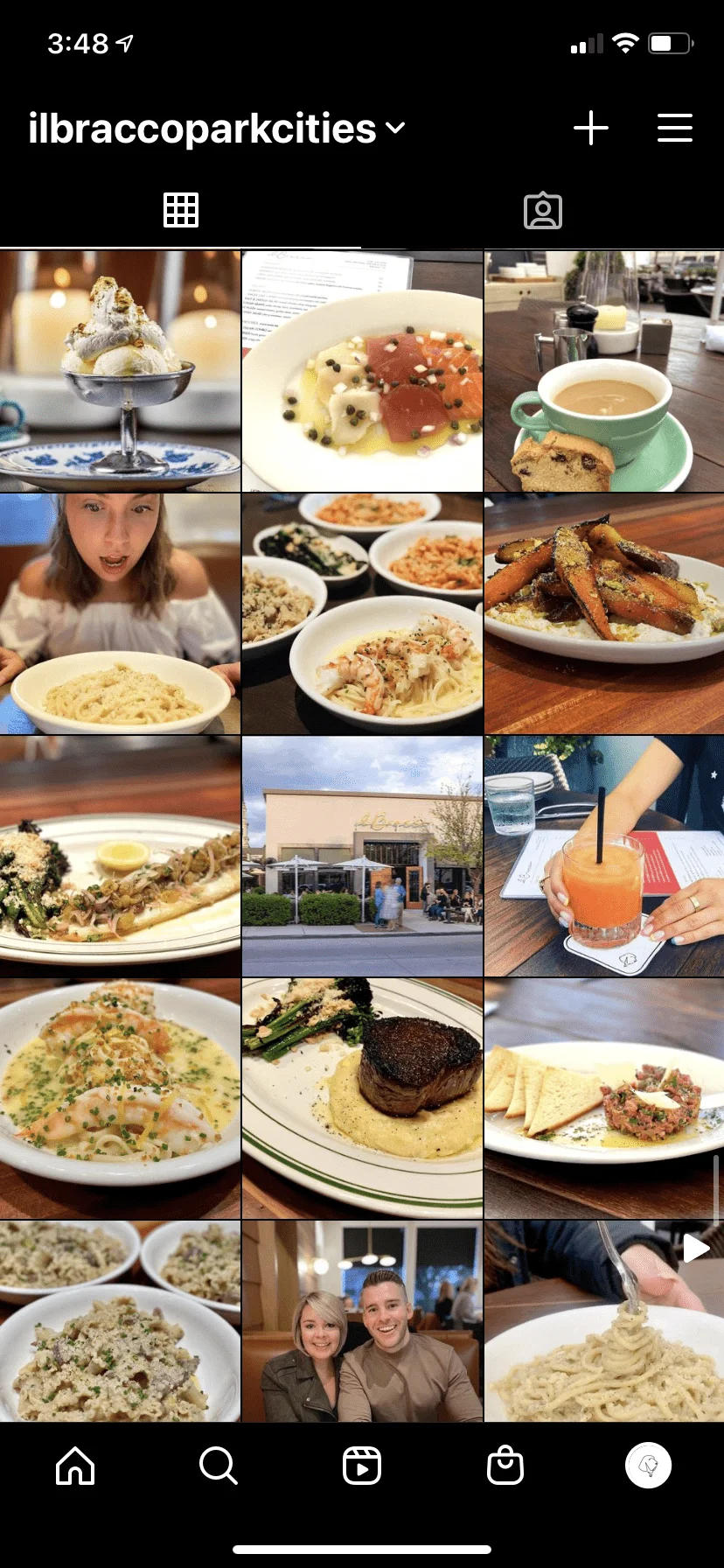
And remember, social media is called social for a reason. You can’t just post promotional marketing content if you want to succeed on social media. You need to create engagement and conversations with your customers. You can do this by including polls and surveys, asking questions, incorporating user-generated content, running contests, and influencer campaigns.
Email Marketing
Once new customers discover your restaurant, how do you continue building the relationship and staying top of mind? By appearing where they are already spending time, of course. In addition to the popularity of social media, did you know that 99% of email users check their email every day, some as much as 20 times a day? So it’s a good idea to show up in their inbox with enticing content.
Here are a few ideas you can include in your restaurant email marketing plan:
- Provide promotions such as discounts or coupons
- Highlight new menu items
- Share chef’s specials or seasonal offers
- Tell your brand story and share behind the scenes happenings
- Celebrate your customers’ milestones like birthdays and anniversaries

Sending a restaurant email newsletter is a great way to maintain a strong relationship with your customers to keep them coming back.
Advertising
Now that you have your restaurant’s website, Google Maps listing, social media profiles, and email marketing in place, it’s time to let more people know about your business. The final piece of the puzzle is to begin advertising for your restaurant online.
Digital advertising allows you to get your restaurant in front of your ideal potential customers. Search ads put your message in front of users at the exact moment they are looking for a nearby restaurant. On the other hand, social media advertising provides the ability to select a specific audience through geographic, demographic, and interest targeting to find the perfect customers for your restaurant.
Digital ads can help to promote your restaurant’s unique offerings, special events, promotions, and private event spaces. Digital advertising also gives you the ability to track the effectiveness of your marketing through conversion tracking and analysis.
Digital advertising types to consider for restaurants:
- Search ads (Google Adwords, Bing ads)
- Display ads (banner, static, video, mobile, etc.)
- Social ads (Facebook, Instagram, Pinterest, LinkedIn, etc.)


By investing in advertising on both search engines and social media, you can identify and target a highly specific audience and send that audience personalized messages about your restaurant. This can help to not only create brand awareness but the desired action from your audience. If done correctly, this should lead to increased walk-ins and reservations as well as private event bookings (if applicable) that will provide a positive return on investment for your business.
Conclusion
The restaurant industry is constantly evolving, but one thing remains consistent. That is, diners are turning to the internet to decide where to eat. Is your restaurant doing everything you can to make sure people can find you online and that they like what they see when they do?
Use this guide to ensure you are generating a buzz for your restaurant that fills seats and keeps diners coming back for more. If you need help marketing your restaurant online, contact our restaurant marketing experts for a custom plan to suit your needs.

